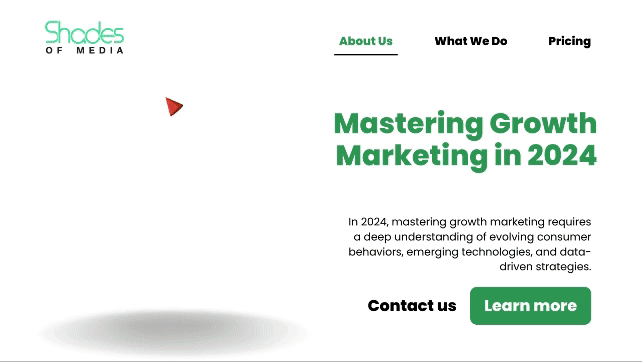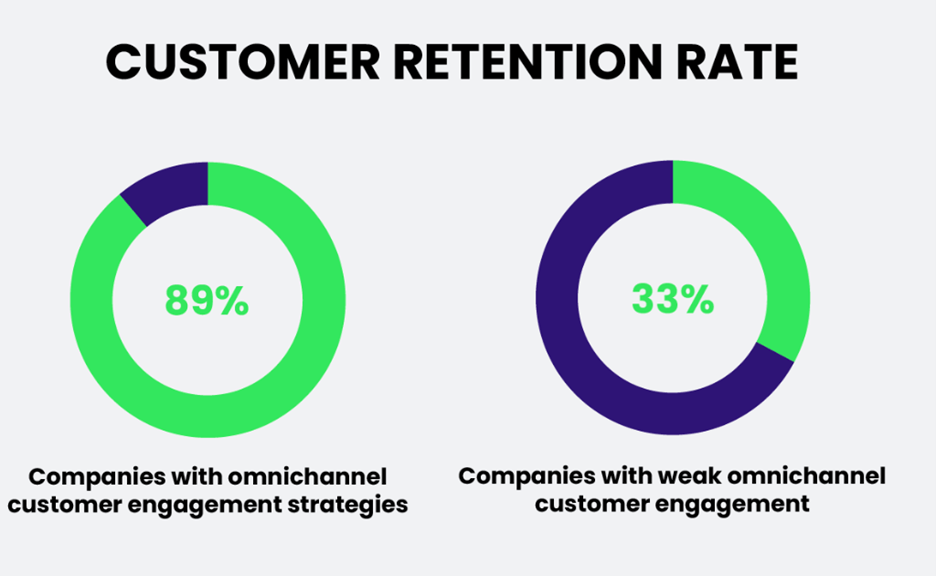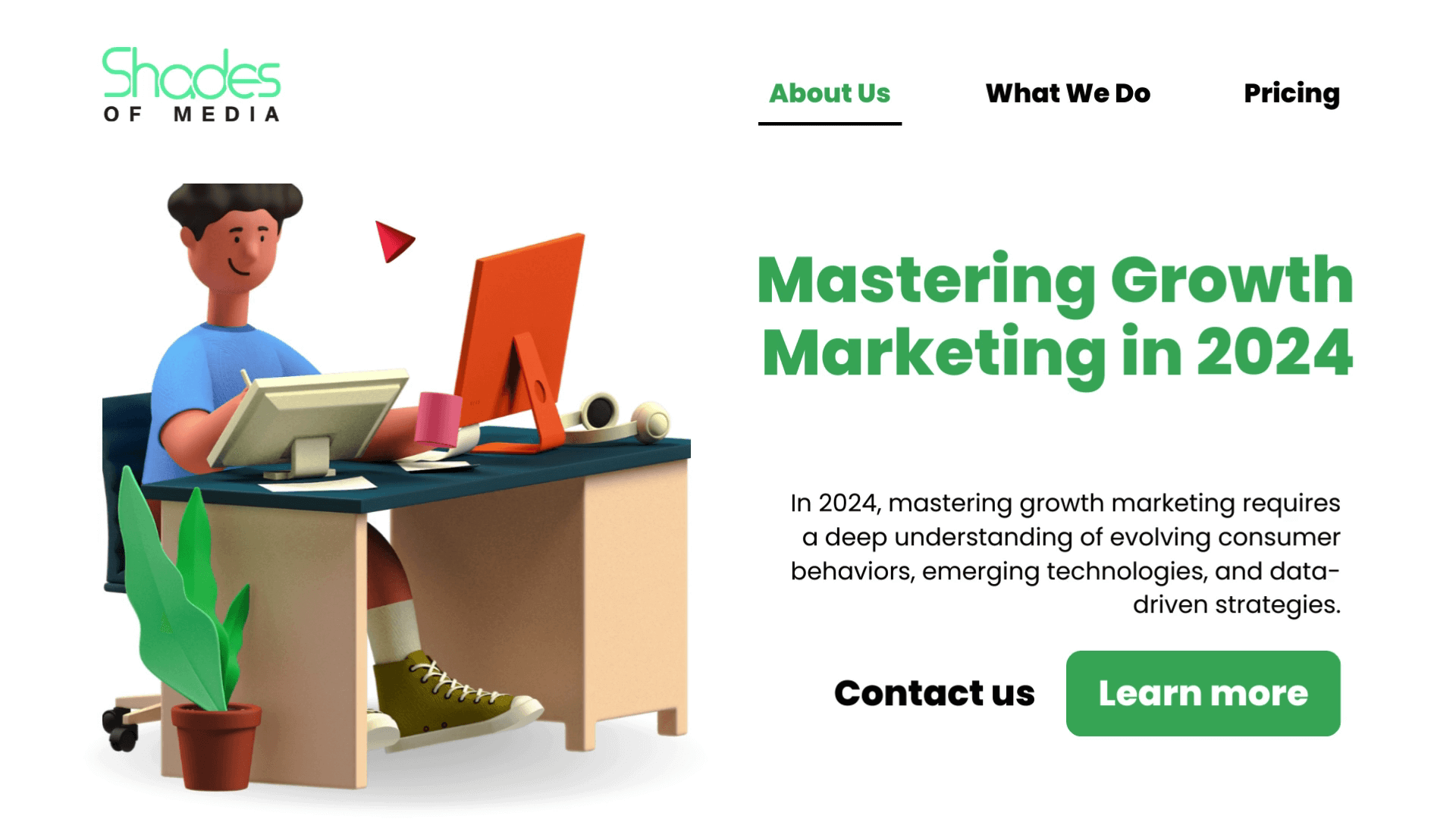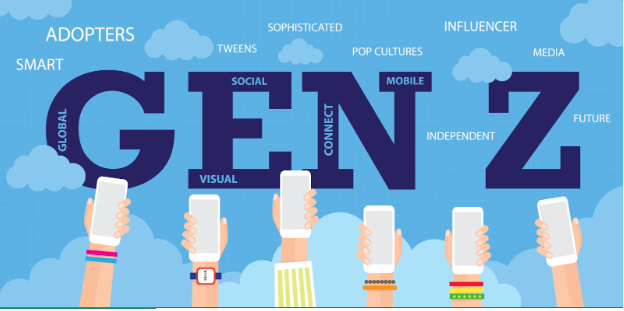
In 2024, mastering growth marketing requires a deep understanding of evolving consumer behaviors, emerging technologies, and data-driven strategies. To thrive in today’s competitive landscape, marketers must leverage insights, statistics, comparisons, and real-world examples to stay ahead. This article outlines actionable pointers for mastering growth marketing in 2024.
- Understanding the Modern Consumer Landscape:
- Stats: According to a recent study by Epsilon, 80% of consumers prefer personalized marketing messages.
- Comparison: Traditional marketing methods versus personalized marketing: Conversion rates are six times higher with personalized approaches.
- Example: Netflix’s recommendation engine uses data to personalize user experiences, increasing engagement and retention.

- Harnessing Data Analytics for Insights:
- Stats: Companies that leverage data analytics are three times more likely to exceed revenue goals, according to a report by McKinsey.
- Comparison: Data-driven decision-making versus intuition-based decision-making: Companies relying on data are five times more profitable, as reported by Forbes.
- Example: Amazon’s use of predictive analytics for product recommendations has significantly boosted sales and customer satisfaction.
- Optimizing Multi-Channel Campaigns:
- According to Aberdeen Group, Businesses with omnichannel strategies retain 89% more customers than those with single-channel approaches.
- Comparison: Siloed marketing channels versus integrated omnichannel strategies: Omnichannel campaigns yield 250% higher ROI, according to Harvard Business Review.
- Example: Starbucks seamlessly integrates its mobile app, loyalty program, and in-store experiences, increasing customer loyalty and sales.

- Embracing AI and Automation:
- Stats: Companies using AI in marketing witness a 46% increase in sales productivity, according to Salesforce.
- Comparison: Manual processes versus AI-driven automation: AI-driven campaigns achieve ten times higher click-through rates, as reported by Adobe.
- Example: Spotify’s use of AI algorithms for personalized playlists and recommendations has led to more extended user engagement and premium subscriptions.
- Building Engaging Content Experiences:
- According to the Content Marketing Institute, Content marketing generates three times more leads than traditional outbound marketing.
- Comparison: Static content versus interactive content: Interactive content drives 70% more engagement, according to Demand Metric.
- Example: Nike’s interactive ad campaigns and immersive experiences resonate with its consumers, increasing brand loyalty and sales.
- Measuring and Iterating for Continuous Improvement:
- Stats: According to Harvard Business Review, companies prioritizing data-driven experimentation achieve a 30% higher return on investment.
- Comparison: Static campaigns versus iterative testing: Iterative campaigns result in 27% higher conversion rates, as reported by Optimizely.
- Example: Google’s continuous testing and optimization of ad copy and landing pages have enhanced ad performance and user experience.
Mastering growth marketing in 2024 demands a commitment to data-driven strategies, continuous innovation, and a deep understanding of consumer preferences. By leveraging insights from diverse media outlets such as social media, search engines, email campaigns, and emerging platforms, marketers can effectively tailor their approaches to reach target audiences. Embracing technology and refining campaign strategies based on comprehensive data analysis enable marketers to drive sustainable growth and stay ahead in an ever-evolving digital marketing landscape. In this dynamic environment, success lies in adapting, experimenting, and iterating, ensuring that marketing efforts resonate with consumers amidst the evolving trends and preferences of the modern era.
To learn more, contact Shades of Media









